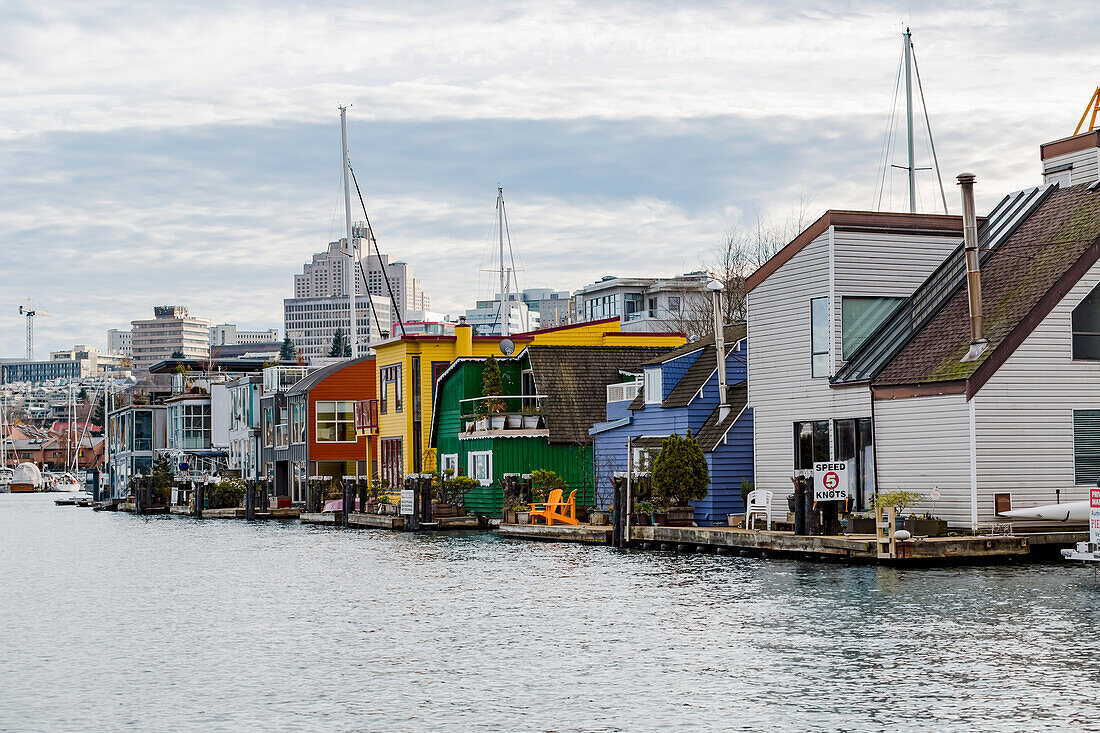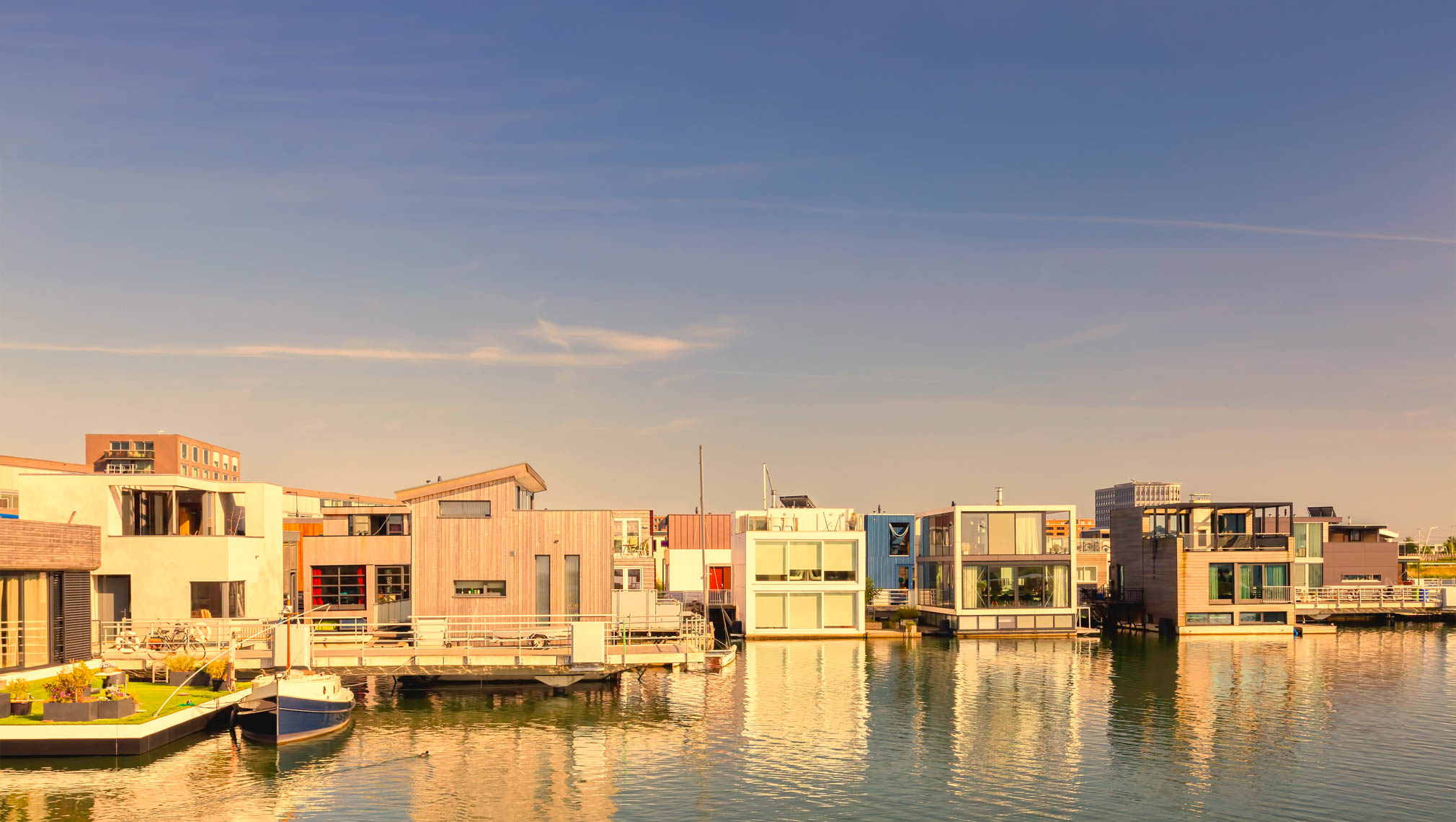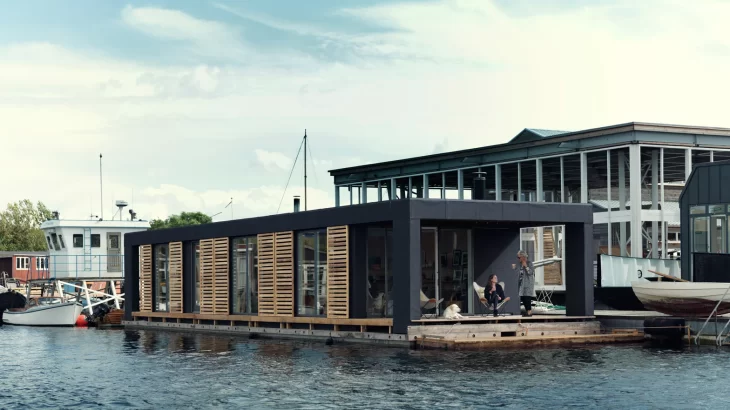In both cities and the countryside, the selection of sites with good soil is an important engineering decision in the building process. Whether you live in a condo, single-family house or apartment, your house is connected to the soil. Even the building where you work, the school of your kids or the stores where you shop –all of them are built on good ground.
Building foundations need to be established on stable and strong soils. And, usually, soils range in strength; while some are able to support skyscrapers, others cannot even support the weight of a human. In other words, if the soil under a building is not stable, then the foundation of the building could crack, sink or worse –the building could fall!
However, what about those buildings and houses that are built on water?
Houses on Water Is the New Trend
 Staying up to date with the latest trends and developments that are shaping the construction industry is never a concern that should be taken lightly.
Staying up to date with the latest trends and developments that are shaping the construction industry is never a concern that should be taken lightly.
The construction industry is reaching a new height with the advancements in structures –be it the world’s tallest bridge, Millau Viaduct, the world’s longest skyscraper, Burj Khalifa or the world’s biggest dam, The Three Gorges Dam. These structures cannot be built with the same construction techniques used for their counterparts. Some breakthrough techniques and new materials are needed to build them and more will be needed in the future to make construction work easy, durable as well as economical.
As builders and all key stakeholders within the construction industry grapple with increased pressure to maintain sustainability and efficiency in construction, a new trend has emerged: floating houses.
Floating Homes
 Floating houses go back in time to about 4000 B.C. in Europe, especially around the Alps. At that time, the villages were usually built on the edge of lakes that eventually grew in size so that the villages stood in water. Another example of stilt village is found in Africa; Ganvie is a lake village with a population of around 20, 000 people. The village was founded in the 16th-17th centuries by the Tofinu people who took to the lake to avoid Fon warriors who were capturing slaves for sale to European traders. Of course, floating houses also exist in the South Pacific and in the Caribbean.
Floating houses go back in time to about 4000 B.C. in Europe, especially around the Alps. At that time, the villages were usually built on the edge of lakes that eventually grew in size so that the villages stood in water. Another example of stilt village is found in Africa; Ganvie is a lake village with a population of around 20, 000 people. The village was founded in the 16th-17th centuries by the Tofinu people who took to the lake to avoid Fon warriors who were capturing slaves for sale to European traders. Of course, floating houses also exist in the South Pacific and in the Caribbean.
Most of the time, it was the poorest village that would build their houses on water because they didn’t own any land; these people would then make they are living off the sea or the river. However, today building houses on the water is more a luxurious option than a helpless necessity.
Why Floating Houses Are a New Trend?
First and foremost, people are bored living in cities and artificial surroundings. Many want to grow closer to nature and live in the wild; so floating bungalows were built to suit their needs.
Living on the water is said to simplify life. According to some experts, floating houses are in demand because they are more affordable than usual houses and are thus a preferable option for those with financial constraints.
Floating houses prevail in the construction market because of their sustainability and safety features. The migration from an urban area to the use of water bodies can reduce the scarcity of critical resources, thus attracting many customers.
Want to Build or Live in a Floating House?
Before you choose that option, I strongly suggest you do yourself a favor and take a floating lake house vacation. Only then will you find out if you can really live in a floating house.
It feels good to imagine yourself living on water, but you need to realize that there won’t be any yard or garage, the shops won’t be close by and there’s always the risk of falling into the water –and drowning if you don’t know how to swim.



















